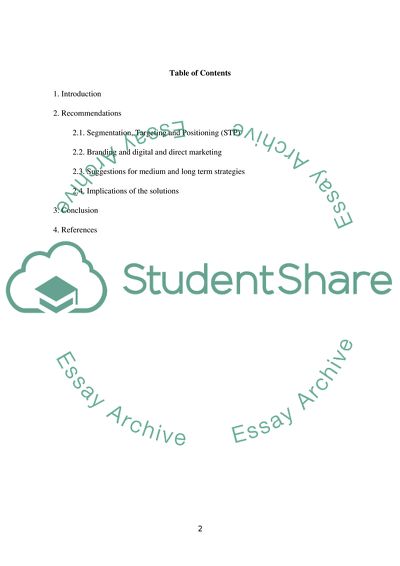Cite this document
(Recommendations for a Destination Management Organisation Report, n.d.)
Recommendations for a Destination Management Organisation Report. https://studentshare.org/tourism/1833529-consultancy-role-to-a-destination-management-organisation
Recommendations for a Destination Management Organisation Report. https://studentshare.org/tourism/1833529-consultancy-role-to-a-destination-management-organisation
(Recommendations for a Destination Management Organisation Report)
Recommendations for a Destination Management Organisation Report. https://studentshare.org/tourism/1833529-consultancy-role-to-a-destination-management-organisation.
Recommendations for a Destination Management Organisation Report. https://studentshare.org/tourism/1833529-consultancy-role-to-a-destination-management-organisation.
“Recommendations for a Destination Management Organisation Report”. https://studentshare.org/tourism/1833529-consultancy-role-to-a-destination-management-organisation.


